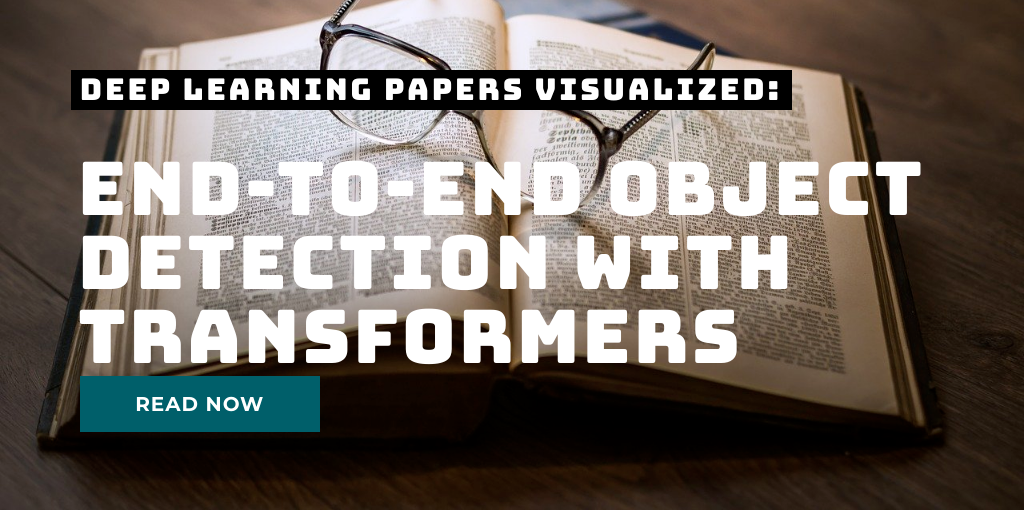P-Diff Learning Classifier with noisy labels based on probability difference distributions
Label noise in digital Pathology In the field of digital pathology and other health related deep learning applications, label noise is an important challenge to consider during training.
It’s inherent to the medical fields as the problems are extremely challenging even for trained experts, so there is high intra- as well as inter-observer variability.
This blog post dives into the idea of the paper P-DIFF: Learning Classifier with Noisy Labels based on Probability Difference Distributions which is authored by researchers of Microsoft in China.
Meta-learning from noisy labels
Label noise introduction Training machine learning models requires a lot of data. Often, it is quite costly to obtain sufficient data for your problem. Sometimes, you might even need domain experts which don’t have much time and are expensive.
One option that you can look into is getting cheaper, lower quality data, i.e. have less experienced people annotate data. This usually has the side effect of your labels becoming more noisy.
Depthwise Separable Convolutions in PyTorch
In many neural network architectures like MobileNets, depthwise separable convolutions are used instead of regular convolutions. They have been shown to yield similar performance while being much more efficient in terms of using much less parameters and less floating point operations (FLOPs). Today, we will take a look at the difference of depthwise separable convolutions to standard convolutions and will analyze where the efficiency comes from.
Short recap: standard convolution In standard convolutions, we are analyzing an input map of height H and width W comprised of C channels.
Pyramidal Convolution: Rethinking Convolutional Neural Networks for Visual Recognition

Today’s paper: Pyramidal Convolution by Duta et al. This is the third paper of the new series Deep Learning Papers visualized and it’s about using convolutions in a pyramidal style to capture information of different magnifications from an image. The authors show how a pyramidal convolution can be constructed and apply it to several problems in the visual domain. What’s really interesting is that the number of parameters can be kept the same while performance tends to improve.
End-to-End object detection with transformers

Today’s paper: End-to-End object detection with transformers by Carion et al. This is the second paper of the new series Deep Learning Papers visualized and it’s about using a transformer approach (the current state of the art in the domain of speech) to the domain of vision. More specifically, the paper is concerned with object detection and here is the link to the paper of Carion et al. on arxiv.